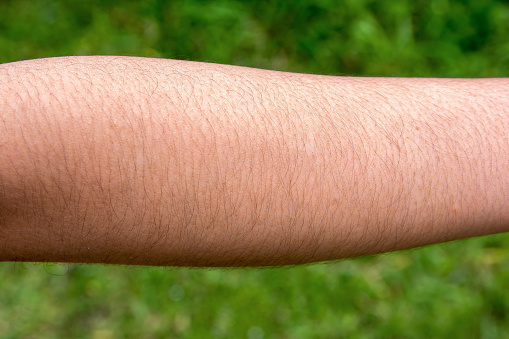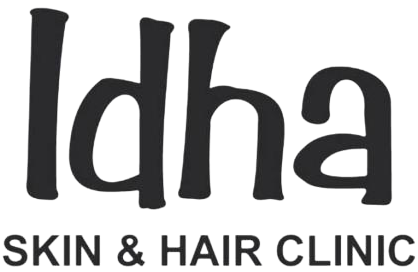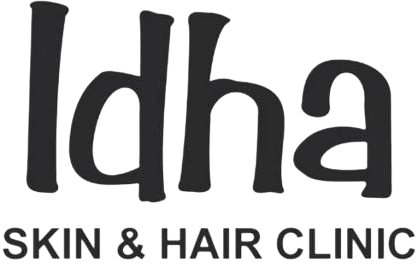excess hair

HYPERTRICHOSIS
This is the word for excessive hair growth on any portion or the entire body, relative to other individuals of the same age, gender, and race.
HIRSUTISM
Hypertrichosis should not be confused with hirsutism, which is described as the androgen-induced development of terminal (thick, black) hair in females with male pattern distribution (on the side locks, chin, and neck on the face, hair on torso around the naval and increased hair on the body). Hypertrichosis is not androgen-dependent, although hirsutism is.
Quick links
- Skin clinic in Bangalore
- Skincare in Bangalore
- Hair care in Bangalore
- Skin specialist in Bangalore
- Hair specialist in Bangalore
- Skincare In Jayanagar
- Skincare Clinic in Banashankari
- Skincare Clinic in JP Nagar
- Acne Treatment
- Pigmentation Treatment
- Stretch Marks Treatment
- Tatoo and Mole Removal
- Skin Rejuvenation
WHAT EXACTLY IS HIRSUTISM?
Typically, women generate modest quantities of male hormones (androgens). If your body produces an excessive amount of this hormone, you may have male pattern hair growth. In general, hirsutism might be a harmless illness, although it is annoying and unpleasant to women.
CAUSES
Polycystic ovarian syndrome (PCOS) is a frequent cause of hirsutism, producing undesired hair growth, acne, menstruation issues, difficulty losing weight, and elevated insulin levels (as seen in diabetics).
Other uncommon causes of unwanted hair growth may include the following:
Can be genetic in origin, meaning that it can run in families.
Cancer or tumour of the adrenal glands or ovaries
Hyperthecosis (a disorder in which the ovaries create excessive masculine hormones) (a condition in which the ovaries produce excessive male hormones)
Utilization of certain medications, such as testosterone, danazol, anabolic steroids, glucocorticoids, minoxidil, and phenytoin
SYMPTOMS
In addition to excessive hair growth, many women and girls nearing puberty who suffer from hirsutism may have a number of other symptoms.
Absent Infrequent or Irregular Menstrual Periods
Persistent Acne and Oily Skin Voice Deepening
Increased muscle mass due to obesity is associated with frontal thinning.
DIAGNOSTIC TESTS
The doctor must get a thorough medical history, which includes menstrual cycle patterns, family history of particular disorders, beginning of symptoms, and medications taken. In addition, a physical examination may be necessary to identify the amount of excessive hair growth and evaluate other indicators of excessive androgen production. Blood tests can identify the levels of hormones such as testosterone, luteinizing hormone (LH), follicle stimulating hormone (FSH), Dihydroepiandrosterone sulphate (DHEA-S), and SHBG. In order to rule out polycystic ovarian syndrome, your physician may require an ultrasound to examine the condition of your ovaries.
DANDRUFF TREATMENTS AT SKIN & YOU CLINIC
Oral Contraceptives – Birth control tablets and other hormonal contraceptives that include estrogens and progestin are used to treat hirsutism by decreasing the ovaries’ androgen production.
Anti-Androgens – These medications prevent androgens from binding to their receptors in the body. Spirolactone (Aldactone)/flutamide is the most often employed anti-androgen for treating hirsutism. Due to the potential for these medicines to cause birth abnormalities, it is essential to use effective contraception while taking them.
Topical Lotion – Eflornithine (Vaniqa) is a prescription cream intended for ladies with excessive facial hair. It is applied directly to the afflicted region of the face and inhibits the formation of new facial hair. It may take up to two months for Eflornithine to take effect, and hair growth recovers to pre-treatment levels after eight weeks of quitting the drug.
Nota – It often takes a month after initiating treatment for hirsutism to observe a substantial difference in hair growth. It is advised that you remain taking the drug for six months before adding or altering prescriptions or dosages.
Laser Hair Removal — Lasers are non-invasive, quick to act, less uncomfortable, and more successful than other hair removal treatments. Laser hair removal targets the dark pigment (melanin) found in hairs. This approach is ideal for treating both tiny and big surfaces. Here is a link for laser hair removal
HOME CARE
Hirsutism is typically a persistent issue. There are several methods for removing or treating unwanted hair. Certain therapies are more successful than others.
In obese women, weight reduction can inhibit hair growth.
Bleaching or lightening hair may diminish its visibility.
Options for temporary hair removal include:
Shaving, which does not cause additional hair to grow, may give the appearance of thicker hair.
Plucking and waxing are quite safe and affordable. However, they can be uncomfortable and carry the risk of scarring, edoema, skin discoloration, and hair growth.
WHY SHOULD YOU VISIT SKIN & YOU CLINIC FOR DANDRUFF TREATMENTS?
At Skin & You Clinic, we evaluate, inspect, and treat various dermatological diseases with the highest precision.


